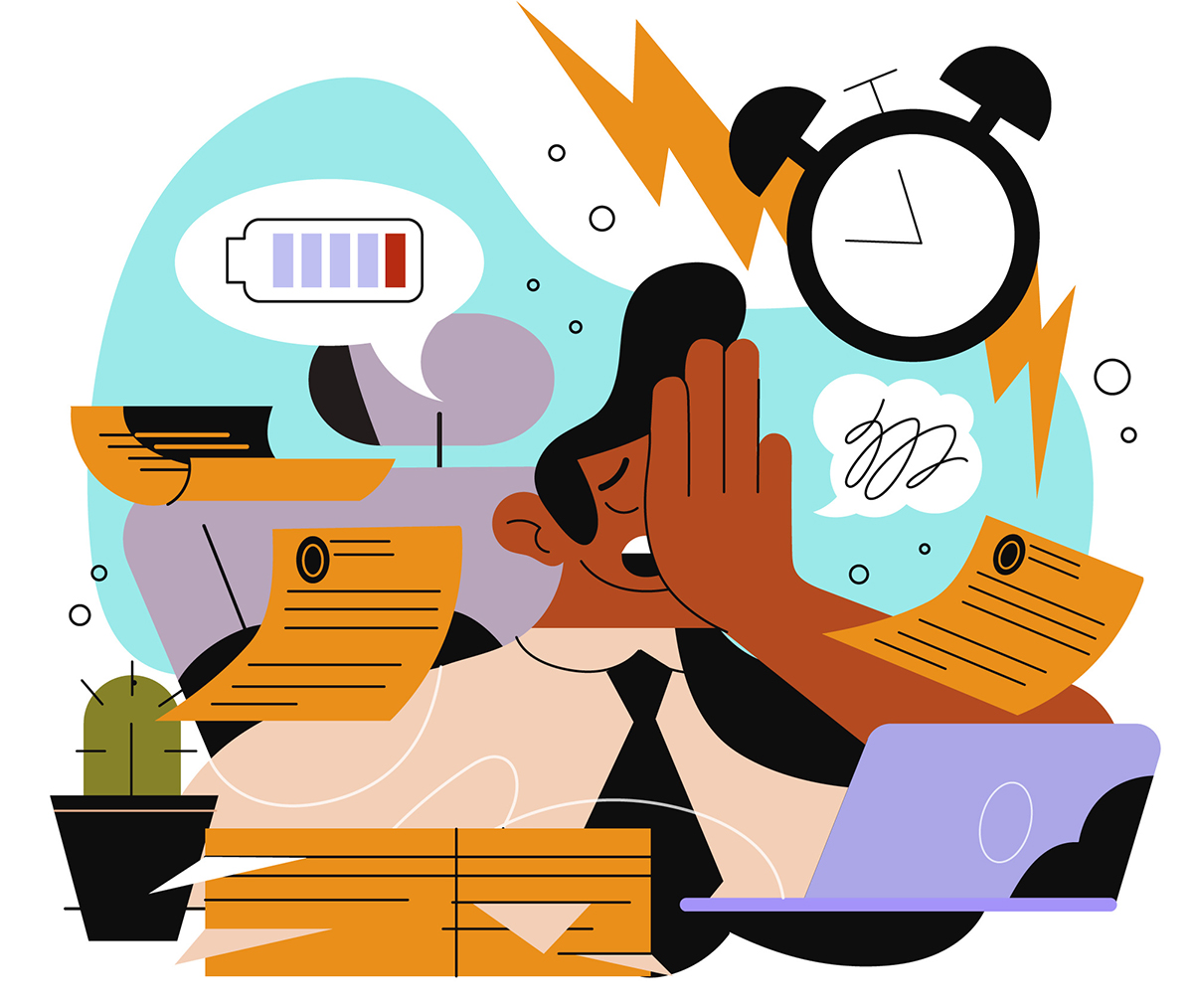Exploring the 4 Types of Employee Turnover: What You Should Know
By Maria Forbes
October 2, 2020
Analyzing your company’s turnover rate regularly is vital to company success. Research has shown that companies spend an average of six to nine months of an employee’s salary to recruit and train a replacement. If an employee earning $100,000 per year leaves your company, for instance, you can expect to pay at least $50,000 to replace him or her. Of course, you may have multiple employees who part ways with your company at once, resulting in higher turnover-related costs.
While all turnovers involve the separation of an employee from the company for which he or she works, there are different types of turnovers. Some types of turnovers are more troublesome than others. Additionally, some types of turnovers are easier to prevent. By understanding the four primary types of turnovers, you can optimize your company’s human resources (HR) operations.
#1) Voluntary Turnover
A voluntary turnover, as the name suggests, occurs when an employee voluntarily leaves your company. Unless they signed a contract, employees aren’t required to stay with your organization and can leave at any time on their own volition. Employees often have their own personal reasons to leave.
Common causes of voluntary turnover include:
- Moving to a new state or country
- Little or no professional advancement opportunities
- Lack of recognition
- More attractive job offered by another company
- Conflicts with coworkers or management
#2) Involuntary Turnover
An involuntary turnover, on the other hand, occurs when an employee is discharged. Firing an employee because he or she performed poorly is an involuntary turnover. With that said, involuntary turnover encompasses all separations that are initiated by the company and not the employee.
Common causes of involuntary turnover include:
- Poor performance
- Violating company policies
- Behavior problems
- Corporate downsizing
- Shift in business strategy

#3) Functional Turnover
A functional turnover occurs when a low-performing employee separates from your company. These employees aren’t your company’s best workers and may often suffer from low productivity levels. Functional turnovers can also be classified as either voluntary or involuntarily, depending on who initiates them.
Common causes of functional turnover include:
- Poor performance
- Customer or client complaints
- Shift in business strategy
#4) Dysfunctional Turnover
The fourth and final type of turnover, and perhaps the most troublesome, is dysfunctional turnover. A dysfunctional turnover occurs when a high-performing employee separates from your company. Like functional turnovers, they can be voluntary or involuntary. They don’t occur as frequently as functional turnovers, but dysfunctional turnovers do occur in most companies.
Dysfunctional turnovers are the most problematic because the loss of your most productive team members can have a direct negative impact on your business.
Common causes of dysfunctional turnover include:
- Different candidate selected for an employee’s high-level position
- Layoffs
- Little or no professional advancement opportunities
- More attractive job offered by another company
How to Minimize Your Company’s Turnovers
Turnovers are bound to happen but fortunately, there are ways to minimize them. Hiring the right employees will inevitably reduce the number of turnovers your company experiences. If you are experiencing a high turnover rate due to low performers, you may need to reevalute your hiring and onboarding processes.
If you are losing your most valuable team members, look to new strategies for recognition and appreciation. Employees strive to be recognized and appreciated for their hard work. If they don’t receive it, they may look elsewhere for employment. Professional advancement and professional development opportunities can also improve your retention rates. Finally, you may need to take a serious look at your company culture. When a large number of your best performers leave your organization, it not only can affect employee morale, but also your bottom line.




